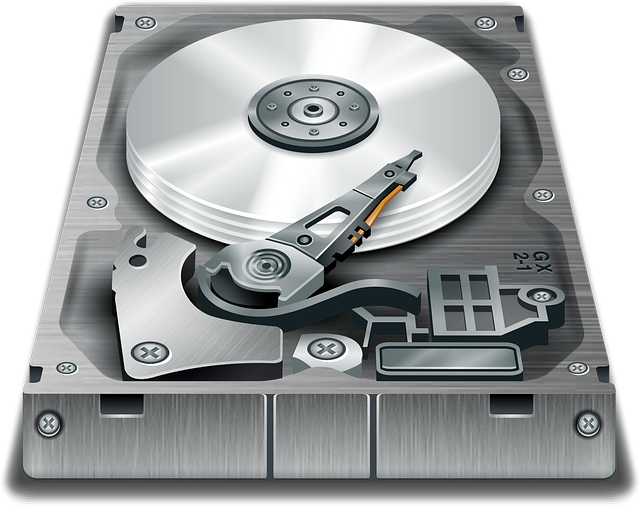What is a Computer Driver?
A computer driver is a crucial component of any computer system, serving as a bridge between the hardware and the software.
In simple terms, it is a program that communicates with the computer’s hardware, allowing the operating system to recognize and control the different hardware devices that are connected to it.
Whether it’s a printer, keyboard, mouse, or graphics card, each hardware device requires a specific driver to be installed and recognized by the computer.
Why are Computer Drivers Important?
Computer drivers are important because they ensure that the hardware devices connected to the computer function as they should.
Without the proper drivers, the computer will not be able to recognize or communicate with the hardware, leading to issues such as slow performance, system crashes, or hardware failure.
Moreover, drivers are responsible for optimizing the performance of the hardware and ensuring that it operates at maximum efficiency.
For instance, graphics card drivers can be updated to support new games or applications,
improving the overall graphics performance. Similarly, printer drivers can be updated to resolve issues with print quality, speed, and connectivity.
Types of Computer Drivers
Computer drivers come in various forms, including device drivers, printer drivers, audio drivers, video drivers, and many more.
Each type of driver is designed to support a specific type of hardware, such as a printer, sound card, or graphics card.
Let’s take a closer look at some of the most common types of computer drivers:
1. Device Drivers
Device drivers are the most common type of computer drivers and are responsible for communicating between the computer’s operating system and the hardware.
These drivers can range from basic drivers that support the keyboard, mouse, or hard drive, to more complex drivers that support advanced hardware such as graphics cards or sound cards.
2. Printer Drivers
Printer drivers are software programs that allow the computer to communicate with a printer and control its various functions, such as printing, scanning, and copying.
These drivers are specific to the type of printer, and must be installed in order for the computer to recognize and control the printer.
3. Audio Drivers
Audio drivers are software programs that allow the computer to communicate with the sound card and play audio files.
These drivers can also be updated to improve the overall sound quality, resolve audio issues, or add support for new audio formats.
4. Video Drivers
Video drivers are software programs that allow the computer to communicate with the graphics card and display graphics and videos.
These drivers can be updated to improve the graphics performance, resolve video issues, or add support for new video formats.
5. Network Drivers
Network drivers are software programs that allow the computer to communicate with other devices on the network, such as other computers, printers, or servers.
These drivers are essential for connecting to the internet and are critical for smooth network operation.
How to Install and Update Computer Drivers
Installing and updating computer drivers is a straightforward process, but it can vary depending on the type of driver and the operating system being used.
Let’s take a closer look at how to install and update computer drivers:
1. Installing Drivers
To install a new driver, you will need to first download the driver from the manufacturer’s website.
Once the driver has been downloaded, simply double-click on the file to begin the installation process.
Most drivers will install automatically, but some may require manual installation steps.
2. Updating Drivers
To update an existing driver, you can either use the manufacturer’s website or use a third-party tool, such as DriverBoost, to search for and download the latest drivers.
Once the updated driver has been downloaded, simply double-click on the file to begin the installation process.
It’s important to regularly update your computer drivers as hardware manufacturers are constantly releasing updates to fix bugs and improve performance.
Updating your drivers can also resolve any issues you may be experiencing with your hardware, such as slow performance, poor graphics quality, or connectivity issues.
To ensure that your drivers are always up-to-date, it’s a good idea to set up automatic driver updates or to periodically check for updates.
You can also use a tool such as DriverBoost to scan your computer and quickly identify any outdated drivers that need to be updated.
Conclusion
Computer drivers are a crucial component of any computer system, serving as a bridge between the hardware and the software.
Whether it’s a printer, keyboard, mouse, or graphics card, each hardware device requires a specific driver to be installed and recognized by the computer.
Installing and updating drivers is a simple process that can be done through the manufacturer’s website or with a third-party tool.
Regularly updating your drivers can improve the performance of your hardware and resolve any issues you may be experiencing.
Overall, taking care of your computer drivers is essential for ensuring that your computer runs smoothly and efficiently.
So make sure to stay on top of your driver updates and take the time to ensure that your hardware is working at its best.
